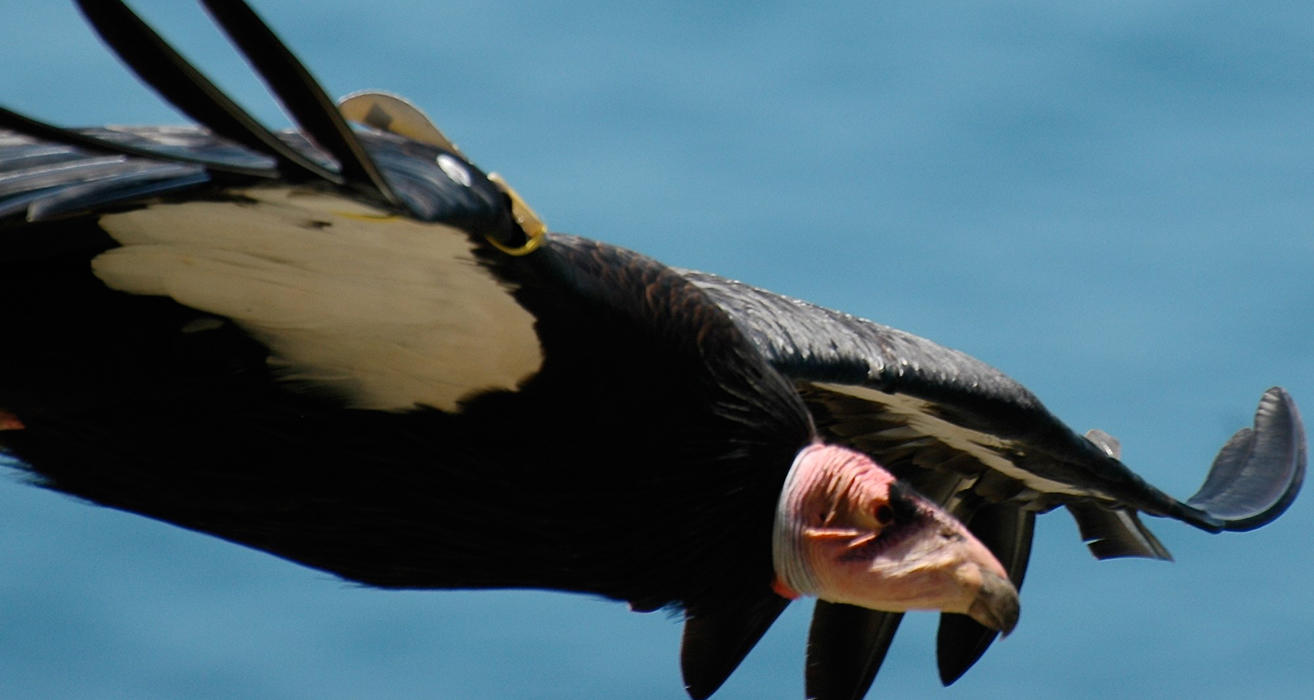
It took new Interior Secretary Ryan Zinke exactly one day on the job to strike down one of the best bird conservation initiatives of the previous administration. That initiative had come on the last day of the Obama Administration, when outgoing U.S. Fish & Wildlife Service Director Dan Ashe quietly issued an order announcing a new policy to phase out the use of lead ammunition and lead fishing tackle on all Service lands by 2022.
With all the interest in the inauguration, it was a few days before Ashe’s move got the attention it deserved. Conservationists hailed the move as long overdue, while hunting groups and gun advocates condemned it as brash overreach.
Audubon moved swiftly to criticize Zinke’s decision.
"Lead ammo kills birds long after being fired from a gun,” said Sarah Greenberger, Audubon’s vice president of conservation. “Banning toxic ammunition and fishing tackle in wildlife refuges is necessary for their long term survival as well as our own safety.”
Without question, the rule was controversial. But that was for political reasons, because the science behind it is anything but controversial.
The dangers of lead ammunition in the environment has been known in the scientific community for decades, and were widely suspected long before that. Lead from ammunition has been documented to have an effect on dozens of species of animals, especially birds. In 1991, the federal government banned the use of lead shot for waterfowl hunting because the toxic material was seen as the cause of population-level declines. Those populations have bounced back since then.
But the 1991 ban didn’t come close to addressing the full scale of the problem for wildlife. Further science shows that lead ammunition affects upland game, such as Mourning Doves, and poses a unique challenge for raptors, such as the endangered California Condor, eagles, hawks, and owls. While the game birds tend to eat shot and other fragments off the ground, raptors consume lead ammunition left behind in carcasses by hunters. This poisoning from lead ammunition has long been considered a major obstacle for the recovery of the Condor, and it is a common source of mortality for other raptors.
Lead ammunition has also been revealed to be a public health issue. According to the Centers for Disease Control, there is no safe level of lead exposure for humans, and yet people who hunt with lead ammunition have been found to have higher amounts of lead in their blood. When a lead bullet enters into a deer or a pig, it shatters into hundreds of pieces, some of them invisible to the naked eye. These are the fragments that poison condors and eagles -- and that humans often ingest, as well.
Since 1991, more than two-dozen states put laws on the books regulating the use of lead ammunition beyond the federal mandate, but further federal action has ground to a halt.
In 2013, Audubon California, Defenders of Wildlife, and the Humane Society of the United States led a successful campaign to phase out the use of lead ammunition for all hunting, making it the first state to take such bold action. In that year, thirty prominent researchers in the field of lead toxicology and wildlife signed a letter of consensus identifying lead from ammunition as a major threat to wildlife and human health.
“Lead-based ammunition is likely the greatest, largely unregulated source of lead knowingly discharged into the environment in the United States,” noted the researchers. “In contrast, other significant sources of lead in the environment, such as leaded gasoline, lead-based paint, and lead-based solder, are recognized as harmful and have been significantly reduced or eliminated over the past 50 years.”
The U.S. Geological Survey has estimated that a regularly-used upland hunting field likely contains about 400,000 pieces of lead shot per acre.
There was a time when it was possible to have a measured conversation about the conservation impacts of lead ammunition, but today the issue is caught up in the immensely partisan battle over gun rights. That was the reason the 2013 California law faced such strong opposition from the gun lobby, and that is also the reason there has been no progress at the federal level.
But the science on this issue has always been clear, regardless of the political fireworks. In California in 2013, opponents of the proposed law actually gave up trying to argue with the science, instead opting for a position that requiring nonlead ammunition was an attack on “traditional hunting.”
There was every reason to expect that Ashe’s order would be reversed, so Zinke’s reversal certainly doesn’t come as a surprise, even if the rapidity with which he did so was noteworthy. But perhaps in making this move, Zinke left the door open to a long-overdue conversation by stating that one of his reasons for making the move was that Ashe’s order “was issued without significant communication, consultation, or coordination with the affected stakeholders.”
Greenburger leapt on that opening in Audubon’s response, saying “If Secretary Zinke has concerns with the process through which the lead ban was implemented, Audubon will work with him on any new effort to protect birds and the places they need, using the best available science."
It’s unlikely that Zinke will start holding hearings on the dangers of lead ammunition anytime soon, but the issue isn’t going away. More states will follow California’s lead, and eventually the federal government will have to face reality. When that day comes, we’ll be there to help.
Monthly Giving
Our monthly giving program offers the peace of mind that you’re doing your part every day.




